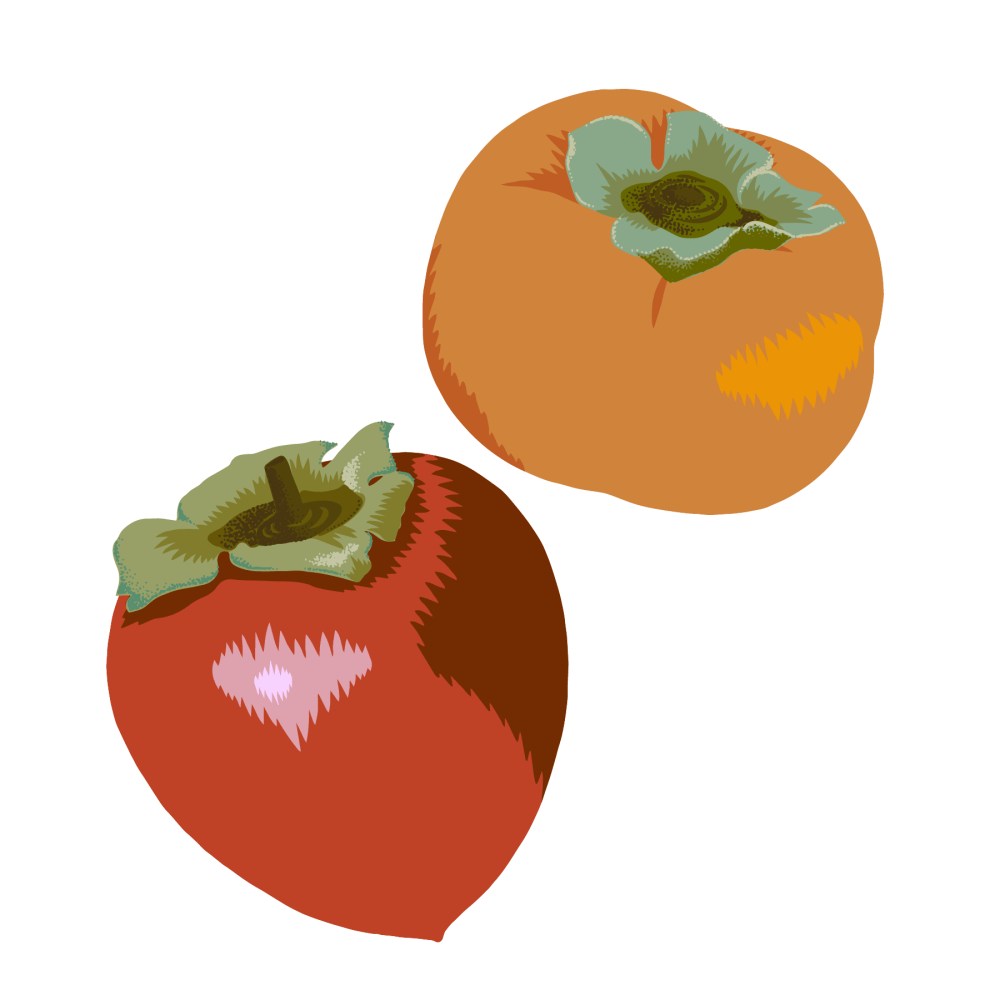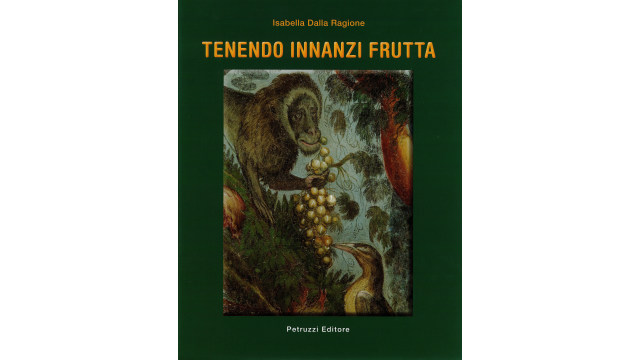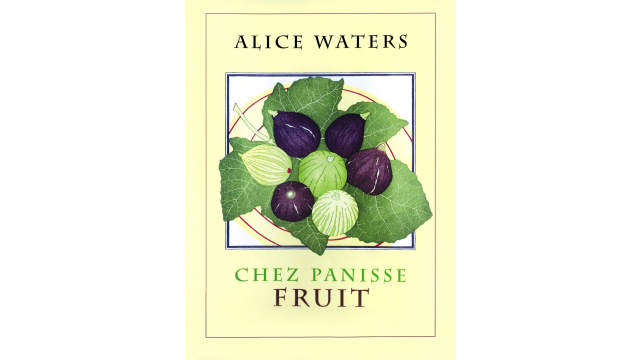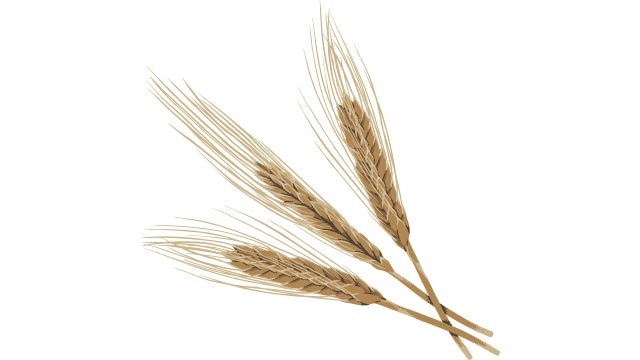Persimmon

Latin name: Diospyros kaki
Other names: Kaki (Japanese)
Uses: fruit
What are persimmons?
A subtropical winter-ripening fruit, persimmons stand out with their orange glossy skin and tomato-like appearance. At the cusp of winter, persimmon trees look as if they’re decked out in beautiful amber lights. And though they may look lusciously plump and ready to bite into, some persimmons require patience — you need to wait until they go from firm to very ripe and jelly-soft to relish them. You can eat them fresh, dried, or cooked.
Why are persimmons healthy?
Persimmons are high in potassium and beta carotene, and contain vitamin C, folate, phosphorus, magnesium, and calcium. Like all fruit, persimmons’ benefits are many; some highlights include vision, circulatory, and bone support.
What do persimmons taste like?
Persimmons have a velvety orange flesh and a sweet, honeyed taste. But there is a caveat: High tannin content in unripe astringent varieties like Hachiya have a terribly dry, puckering mouthfeel. Non-astringent varieties like the Fuyu and Sharon fruit are sweet even when firm and can be eaten hard or soft.
How do I use persimmons?
The pulp is great in fruit salads, smoothies, sauces, and cold desserts. Unripe astringent persimmons are sometimes eaten poached or in baked goods.
For salads, pick non-astringent varieties; they add a nice sweetness and crunch. Cut like you’d an apple or make pretty slices using a mandolin.
What do persimmons pair well with?
Whether crunchy or pulpy, persimmons go well with lime, yogurt, walnuts, ginger, cinnamon, allspice, nutmeg, and honey.
Where do persimmons grow?
Most of the commercial cultivars today are variants of the Asian or Japanese persimmons. Native to China, eventually kaki trees spread to Korea, Japan, and beyond. Southern Europe and western America got them only about 200 years ago. The fruit trees flourish in sub-tropical climates. Persimmon cultivation is also increasing in India, Israel, and Australia.
How to buy persimmons:
Persimmons need help to reach prime ripeness. Wrap the fruits in paper and stow them away in a paper bag for at least a week. This traps ethylene gas produced by the fruit which speeds up ripening. Once the fruits are meltingly soft, cut them in half and dig into the jam-like flesh with a spoon. Always refrigerate them once ripe, and eat them soon or purée and freeze.
Fun persimmon fact:
There is a wild persimmon variety native to America, smaller than the Asian varieties and palatable only when extremely ripe. The seeds of American persimmons have a legendary reputation for forecasting snow. People look for the shape of the cotyledon inside the seeds — a fork means mild winters are coming; a spoon foretells lots of snow, and a knife predicts bitter cold.




